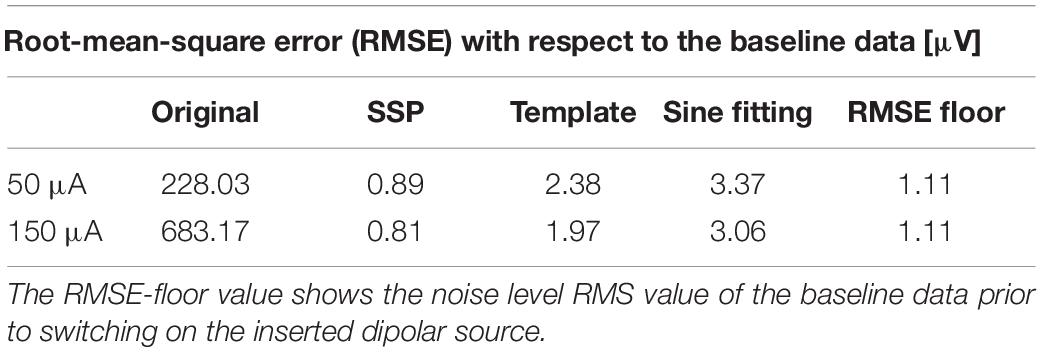

An equation like this might tell you how weight (the y value) tends to increase with height (the x value). If you know the c and b values for a line, you have everything you need to draw the line. The slope is 0.5, so y increases by 0.5 units for each one-unit increase in x. The b value is the slope of the line (the amount that y increases for each one-unit increase in x). In this example, c is 2, so the line passes through the y axis at a value of 2. The c value is the y intercept, which is the value of y when the line runs through the y axis, which is also the point where x is zero. This equation expresses how each y value is related to each x value when the function is a straight line. The term linear comes from the equation for a line:

However, if you don’t mind a tiny bit of math, you should read this section so that you understand what it means for an operation to be linear or nonlinear. If you hate math, you can skip this section, because the next section will tell you which common EEG/ERP data analysis procedures are linear and which are nonlinear. The following sections define the terms linear and nonlinear and provide specific advice about the optimal order of processing steps in a typical ERP experiment. By knowing whether all the operations in a set are linear, you can know whether the order of operations matters. This is analogous to the combination of addition and multiplication in simple arithmetic (e.g., x C is not usually the same as A + ). For example, artifact rejection is a nonlinear process, so you will get a different result if you re-reference the data and then performing artifact rejection versus performing artifact rejection and then re-referencing. In contrast, the order of operations matters for nonlinear operations. In the context of ERP processing, averaging and re-referencing are linear operations, so you can do them in any order and get the same result (assuming you haven’t interposed any nonlinear operations between them). This is just like the fact that addition can be done in any order (e.g., A + B + C gives you the same result as C + B + A). Linear operations have an important property: they can be performed in any order and the result will be the same. But first I want to mention why this distinction is important. I will define what linear and nonlinear operations are in a little bit. The distinction between linear and nonlinear operations is also important for understanding how the jackknife statistical approach works. The answer depends on whether a given processing step involves a linear or nonlinear operation. For example, you may be wondering whether you should filter your data before or after performing artifact rejection or whether you should re-reference your data before or after filtering. One of the most common questions I’m asked in ERP Boot Camps is whether processing step X should be done before or after processing step Y. ERP data analysis involves many processing steps, including filtering, epoching, artifact rejection, etc.


 0 kommentar(er)
0 kommentar(er)
